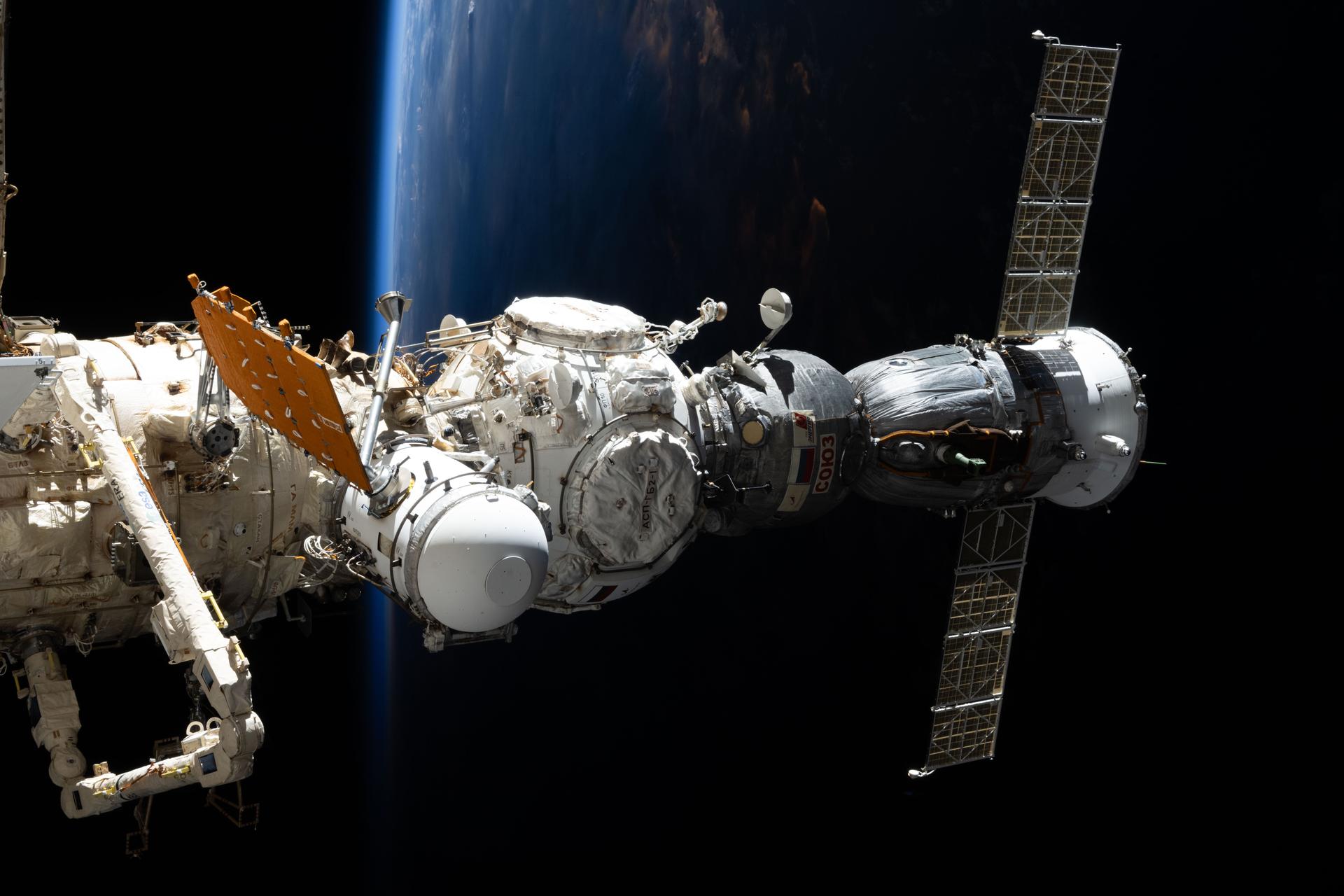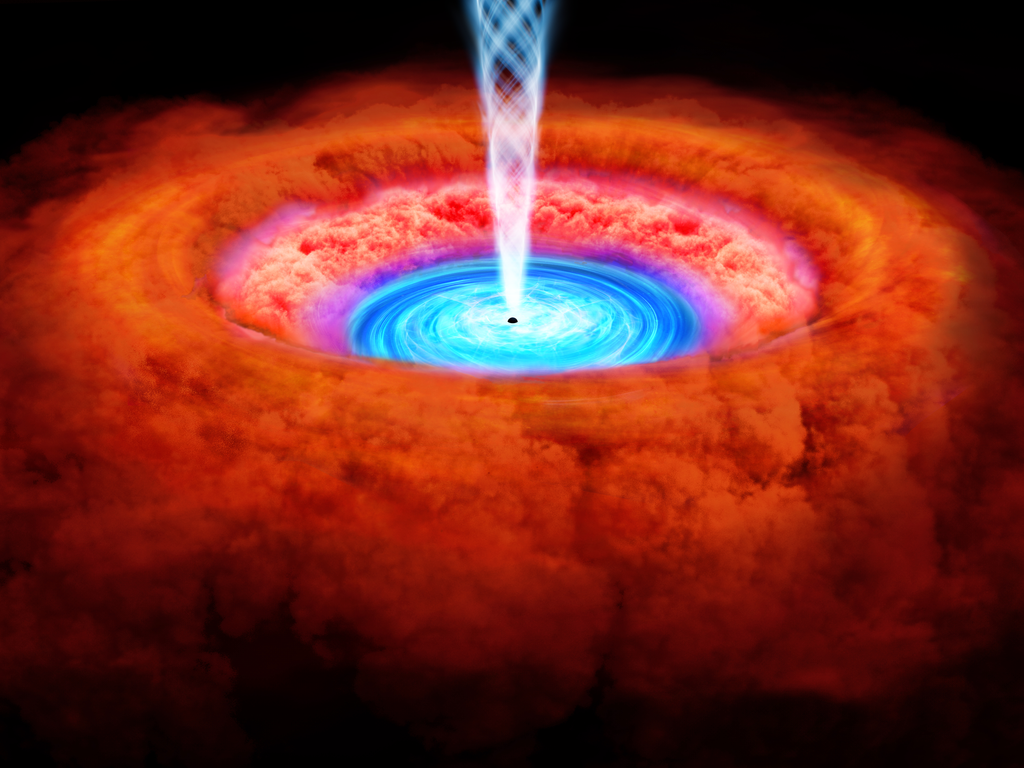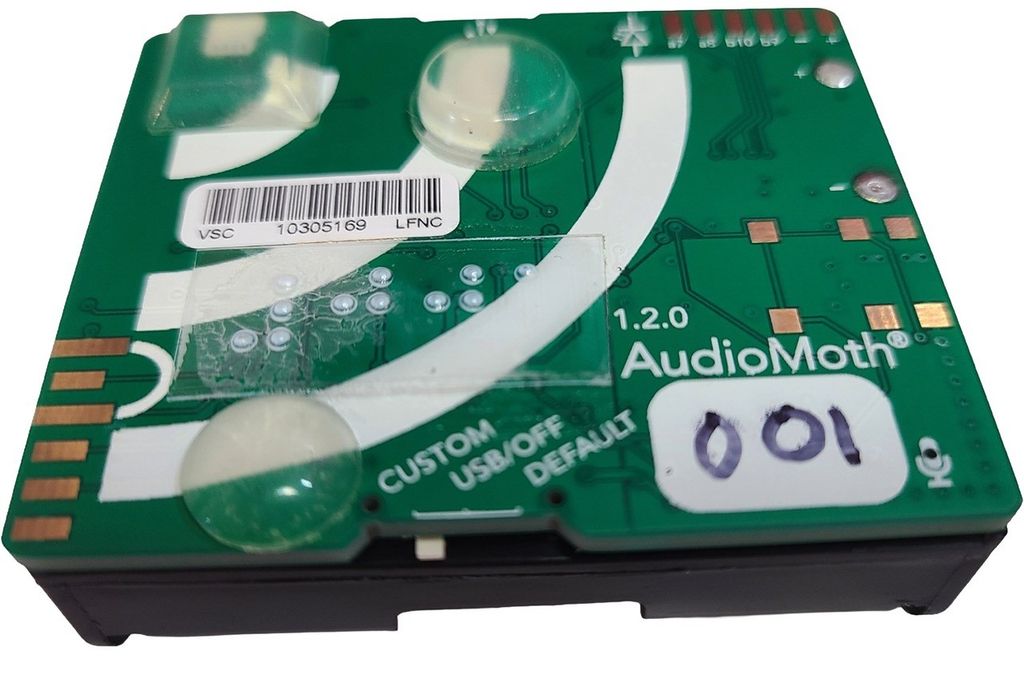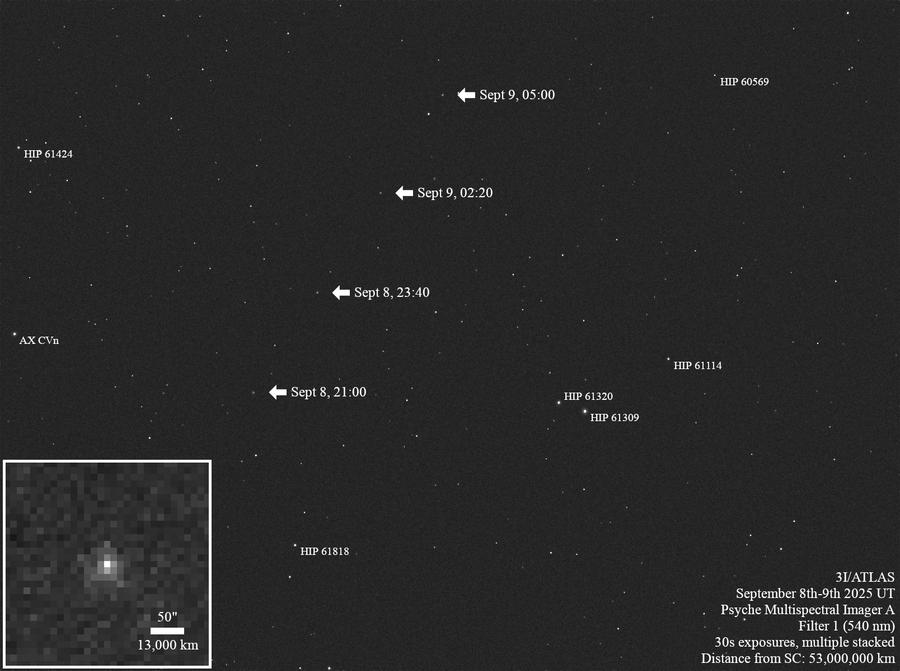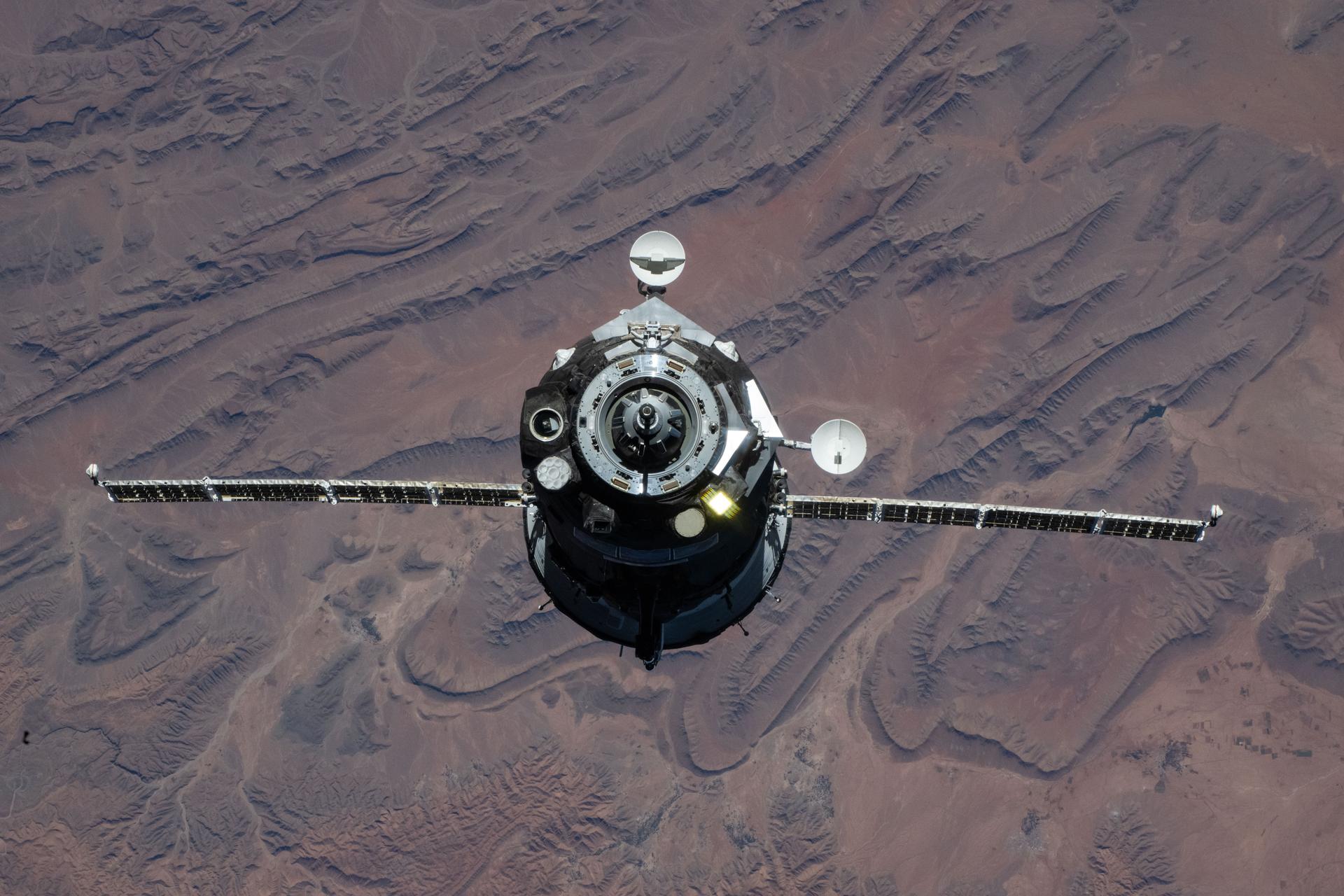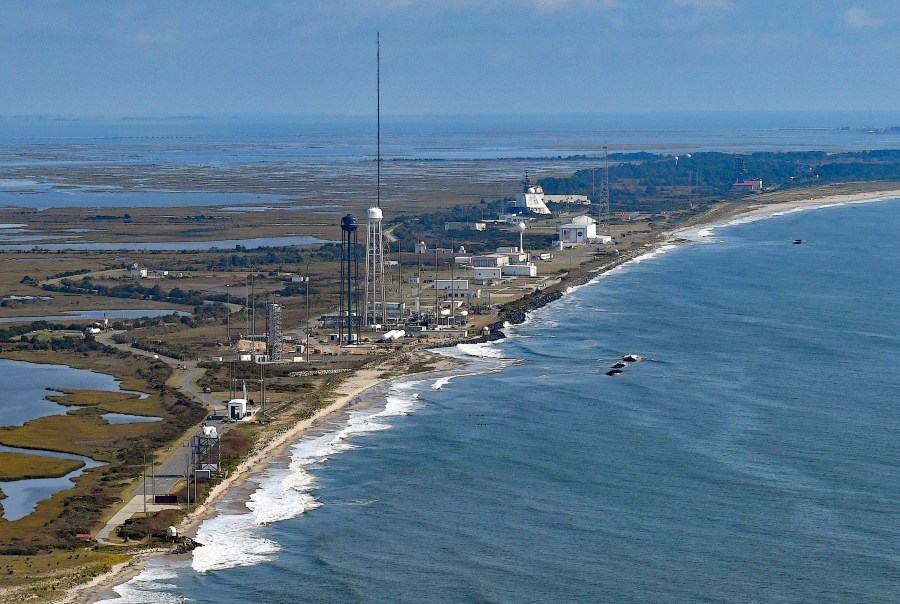Expedition 73 will swap commanders this weekend before three crew members return to Earth on Monday. Expedition 74 officially begins once the home bound trio undocks from the Rassvet module inside the Soyuz MS-27 spacecraft the following day.
Crew Swaps Commanders on Sunday as Trio Packs for Departure
